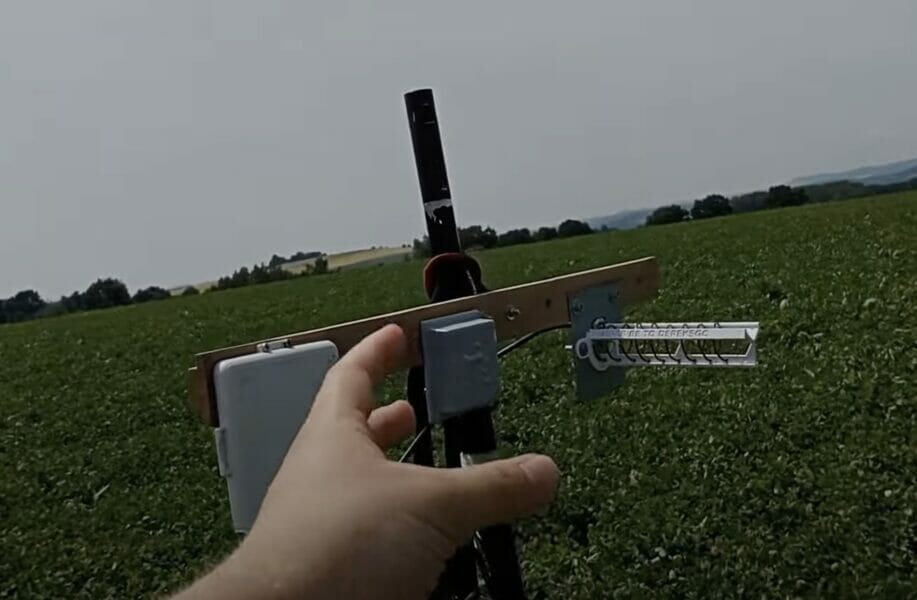Most readers will be aware that a good way to extend WiFi range is to use a better antenna for those 2.4 GHz signals, but at the same time such high frequency hijinks have something of a reputation of being not for the faint-hearted. [Dereksgc] puts that reputation to the test by building a helical WiFi antenna — and if that weren’t enough — he also subjects it to a field test. In a real field, is there any other way?
We’ve put both videos below the break, and you can find his helical antenna calculator on his website and the parametric CAD file for the scaffold in his GitHub repository. He first delivers a crash course in the fundamentals of helical antennas before diving into the construction, and even soldering on an impedance matching strip. The field testing involves setting up a base station with an FTP server on a phone, and connecting to it with a variety of antennas over increasing distance across farmland. We’ve characterised antennas in this way before, and it really does give an immediate view of their performance.
In this case the helix comfortably outperforms a commercial patch antenna and a laptop’s internal antenna, making such an antenna a very worthwhile piece of work whether you’re making a fixed link or indulging in a bit of casual wardriving.
The tools mentioned here will make helical antennas a snap, but this isn’t the first time we’ve touched on the subject.















